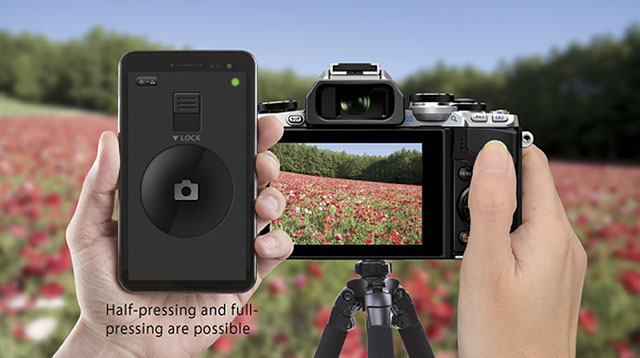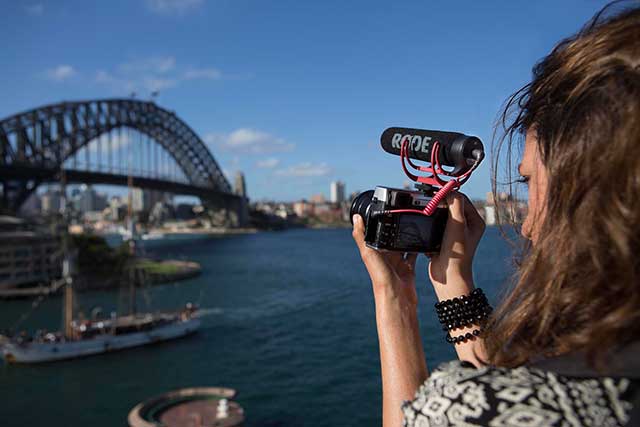The uses, advantages and disadvantages of shooting with longer telephoto lenses.

Photo Review tips section

The uses, advantages and disadvantages of shooting with longer telephoto lenses.

The main accessories for lenses are hoods, filters and adapters and all have benefits and drawbacks. Some manufacturers supply lens hoods with lenses; others offer them as options. Filters and adapters are always sold separately.

There’s a lot of misunderstanding about what constitutes a ‘macro’ lens. True macro capabilities require the lens to be capable of 1:1 or ‘life size’ reproduction. Lenses that provide a 2:1 reproduction ratio (or greater) also qualify as macro lenses but they are usually highly specialised and not widely available.

Most cameras come with a software disk containing an image file browser and raw file conversion software. The browser usually combines facilities for transferring images from the camera to your computer with automatic cataloguing of image and movie files. In most cases the new folders created are identified by the date and time of the upload.

Almost all CSCs can record Full HD video movies. But whereas in DLSR cameras it’s only available in Live View mode, electronic viewfinders make it possible to shoot movies while holding the camera to your eye. This can have important advantages.

Photographers who use the P, A, S and M shooting modes can control two key image parameters, which are blocked when the auto and scene pre-set modes are used: sensitivity and colour adjustments. These adjustments can influence the appearance of images quite dramatically.

Although most lenses can be used for portraiture, fast telephoto lenses with moderately short focal lengths have long been the first choice of professional portrait photographers. Focal lengths typically considered ideal range from about 70mm to 135mm in 35mm format, with a bias in favour of the 85-105mm section.

Most cameras provide two basic focusing options: automatic, which is controlled by the camera and lens; and manual, where adjustments are made by the photographer. Which you use is a matter of personal preference, although many photographers rely on the autofocusing (AF) system and use manual focusing to fine-tune focus in tricky situations. A capable AF system should lock onto subjects quickly and accurately when the shutter button is pressed halfway down.

Although just about any lens can be used for photographing landscapes, most photographers prefer using wide-angle lenses because they better encompass scenic panoramas. But that doesn’t mean they’re the only option.

The second lens in a twin-lens kit is usually a telephoto zoom lens that picks up where the range of the standard zoom lens ends. These lenses take in focal lengths that are ideal for portraiture, sports and wildlife photography.
Ads can be a pain, but they are our only way to maintain the server. Please deactive Ads blocker to read the content. Your co-operation is highly appreciated and we hope our service can be worth it.